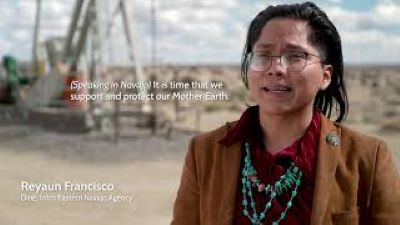Latest Project Update
Celebrate the first anniversary of the Greater Chaco Land Withdrawal! The administrative withdrawal of Federal lands in the 10-mile zone around Chaco Canyon protects its cultural resources from oil & gas drilling. Learn more »
more updatesToday, Archaeology Southwest released a new report titled Orphaned and Abandoned Oil and Gas Wells in the Southwest: Implications for Protecting Sacred and Cultural Sites and Surrounding Landscapes. The report focuses on the impact of such wells to sacred and cultural sites in sensitive areas such as the Greater Chaco Landscape and Bears Ears National Monument as well as the impact to the frontline communities living in these areas. Learn more »
On November 4, at its 46th annual ceremony, the Rocky Mountain Southwest Chapter of the National Academy of Television Arts and Sciences awarded an Emmy to the short documentary film “Protecting Chaco’s 10-Mile Zone,” produced by Archaeology Southwest and David Wallace Visuals.
Paul F. Reed reaffirms our unwavering support for the administrative withdrawal that creates a protection zone around Chaco Culture National Historical Park:
“On Sunday, June 11, at approximately 10:00 a.m., local allottee protestors blocked the Chaco Culture National Historical Park access road. This action was undertaken to prevent a celebration in Chaco of the US Department of the Interior’s withdrawal of FEDERAL lands from oil-gas and other mineral leasing in a 10-mile zone around Chaco for 20 years…”
The Department of Interior approved a 20-year mineral withdrawal of federal lands and minerals within a 10-mile protection zone around Chaco Culture National Historical Park. The withdrawal prohibits new oil and gas leasing on roughly 336,400 acres of public lands surrounding the park until 2043.
New Mexicans urge Biden Administration to protect lands surrounding Chaco Canyon from oil and gas drilling until Congress passes legislation to provide permanent protection
Earlier today, U.S. Senator Ben Ray Luján and Congresswoman Teresa Leger Fernandez jointly reintroduced the Chaco Cultural Heritage Area Protection Act, a bill to permanently withdraw the federal lands and minerals around Chaco Canyon from further mineral development.
We are pleased to announce the public premiere of “Protecting Chaco’s 10-Mile Zone,” a mini-documentary produced by Paul Reed and Archaeology Southwest, and filmed and edited by Pulitzer Prize-winning photojournalist David Wallace (David Wallace Visuals).
In their own words, Pueblo leaders Michael Chavarria (Santa Clara Pueblo), Mark Mitchell (Tesuque Pueblo), Octavius Seowtewa (Zuni Pueblo), Clark Wayne Tenakhongva (Hopi), and Randall Vicente (Acoma Pueblo), along with Diné conservation leader Reyaun Francisco, speak to the living and vital connections their communities have to the Greater Chaco Landscape. Their resolve is palpable.
This morning, the Bureau of Land Management (BLM) took important steps toward permanently protecting the cultural landscape within 10 miles of Chaco Culture National Historical Park when the agency formally proposed to withdraw approximately 351,000 acres of public lands surrounding the Park. This builds on years of work by Pueblos, Tribes, advocates, and elected officials, and follows President Biden’s announcement on November 15 of “new efforts to protect the Chaco Canyon and the greater connected landscape, and to ensure that public land management better reflects the sacred sites, stories, and cultural resources in the region,” according to the BLM’s press release. The proposed withdrawal would bar new federal oil and gas leasing on those lands, but would not affect existing valid leases or rights.
Earlier today, at the administration’s first White House Tribal Nations Summit, President Biden and Secretary Haaland announced that the Department of the Interior will take action to protect the Greater Chaco Landscape in northwest New Mexico. Secretary Haaland has directed the Bureau of Land Management to begin a process that should result in a withdrawal of federal lands within a 10-mile protection zone around Chaco Culture National Historical Park.
Today, Archaeology Southwest released a new paper on the impact of the federal government’s broken federal oil and gas system on the West’s irreplaceable cultural resources and sacred sites.
Today, the Senate Appropriations Subcommittee on the Interior, Environment, and Related Agencies has released a draft of the FY2021 Interior Appropriations Bill.
On behalf of Archaeology Southwest, Preservation Archaeologist Paul F. Reed has issued the following statement:
“We are appalled and disappointed that Senator Murkowski and Senate Republicans have removed protections for Chaco from the Senate appropriations bill and are playing politics with the requests of Native American communities.”
Read the executive summary of Paul F. Reed’s report, “An Archaeological Reconnaissance of Chaco’s 10-Mile Zone of Protection”
Archaeology Southwest submitted formal comments on the Draft RMPA put forth by the BLM and BIA.
The comment period has closed. Greater Chaco is still imperiled.
Take action now to protect Greater Chaco. Comments are due 9/25/20. Paul Reed explains how to comment here.
Department of Interior extended the comment deadline to September 25, 2020. Paul Reed’s guidance on commenting here.
Tell the BLM to extend their period for public comments. Your voices deserve to be heard without risking public health.
An important victory: Congressional spending bill includes protections for Greater Chaco
The Chaco Cultural Heritage Area Protection Act of 2019 has passed the U.S. House of Representatives and is headed to the Senate. Archaeology Southwest joins a host of conservation organizations in strongly supporting this legislation.
On Thursday, September 26, the Senate Appropriations Subcommittee on Interior, Environment and Related Agencies put forward a $35.8 billion spending package for fiscal year 2020. The bill includes language directing the Bureau of Land Management (BLM) to refrain from issuing oil and gas leases within a 10-mile buffer zone around Chaco Culture National Historical Park, and the bill provides $1 million for a survey of cultural resources in the broader Chacoan region. Archaeology Southwest applauds this inclusion.
On June 5, 2019, Congresswoman Deb Haaland (NM-01) chaired the House Subcommittee on National Parks, Forests and Public Lands hearing on the Chaco Cultural Heritage Area Protection Act (H.R. 2181) and Grand Canyon Centennial Protection Act (H.R. 1373).
Paul Reed submitted written testimony on behalf of Archaeology Southwest. Read that here.
Archaeology Southwest Preservation Archaeologist and Chaco Scholar Paul F. Reed testified before a delegation of congressional representatives at a field hearing in Santa Fe, New Mexico, on April 15, 2019. Read more here.
Although BLM has deferred nine oil-gas lease areas in the ten-mile cultural protection zone around Chaco and one of its outliers, Archaeology Southwest and its partners insist on tribal consultation and permanent protection. Read our statement.
Read our statement supporting the Chaco Cultural Heritage Area Protection Act of 2018, introduced by New Mexico Senators Udall and Heinrich today.
Archaeology Southwest’s Paul Reed helped prepare a short report called Recent Efforts to Research, Preserve, and Protect the Greater Chaco Landscape (available as a free PDF download).
Hear an audio summary of the report here (opens as an .mp3).
Banner image courtesy of EcoFlight
Archaeology Southwest is part of the Coalition to Protect Greater Chaco, a collaborative effort to find a balanced solution for protecting the Greater Chaco Landscape. Along with Archaeology Southwest, partners include the All Pueblo Council of Governors, the Wilderness Society, National Parks Conservation Association, National Trust for Historic Preservation, Conservation Lands Foundation, New Mexico Wilderness Alliance, Pew Charitable Trusts, and Park Rangers for Our Lands.
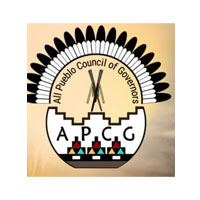 |
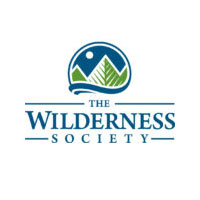 |
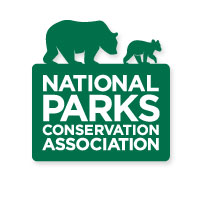 |
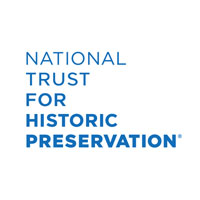 |
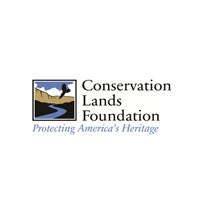 |
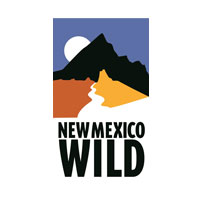 |
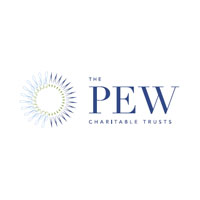 |
 |
Key points:
The Greater Chaco Landscape is important for many reasons, to many different people. It contains the world-famous great houses and kivas of Chaco Canyon, which hold great spiritual and cultural value to modern Native Americans. And it supports the traditional lifestyles of Navajo and other native people who continue to live on the land, raising their families and continuing the ranching and farming practices of their ancestors.
Oil and gas development is a significant concern for all who care about the Greater Chaco Landscape. Over the years, oil and gas development has sprawled across this landscape. Noisy wells surround sacred sites, while access roads crisscross ancient paths to and from the canyon. Meanwhile, new wells are being drilled amongst homes, schools and community buildings, and residents are rightfully concerned for the health and safety of their families and ability to continue their traditional ways.
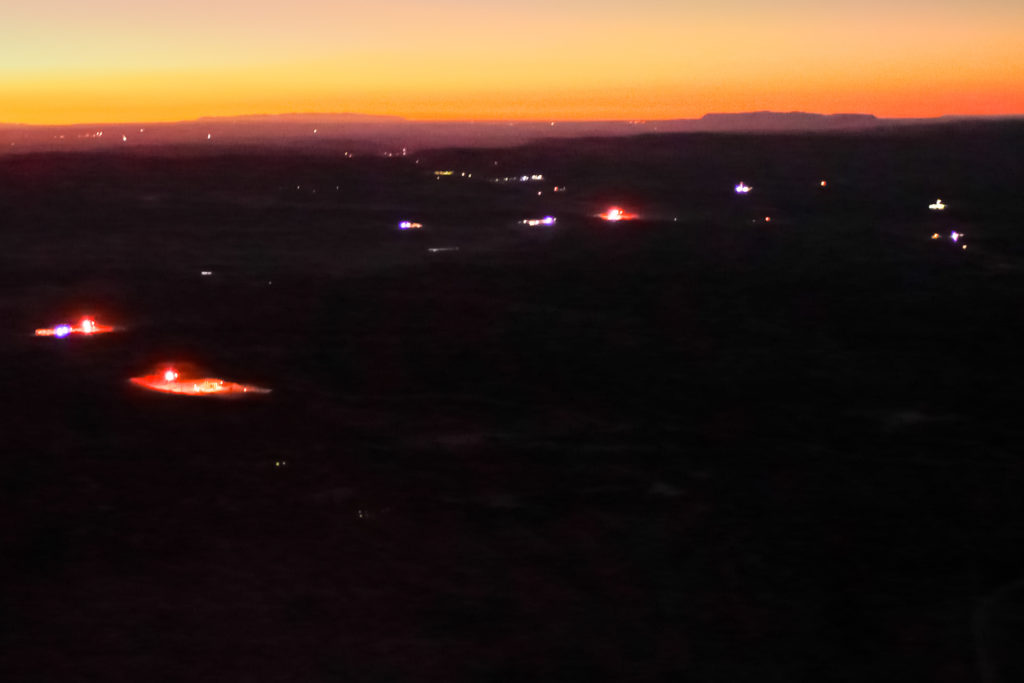
While our tactics may differ, we share a common goal. Those who are concerned for the Greater Chaco Landscape – from archaeologists to local residents – share a common goal: to avoid the impacts of oil and gas development to the maximum extent possible. While we may be pursuing different strategies, we are all committed to achieving this goal.
A cultural protection zone surrounding Chaco Canyon should be made permanent. A core zone of public and tribal lands surrounding Chaco Canyon, extending 10 miles from the national park’s boundaries, should be prioritized for protection, as requested by the All Pueblo Council of Governors, among others. Sens. Udall and Heinrich introduced Senate Bill 2907 in 2018 to withdraw Federal minerals in this 10-mile zone. This zone contains an extremely high concentration of significant, well-preserved cultural and natural resources, including segments of the Great North Road, the viewshed of the national park and portions of the World Heritage Site. Future leasing and development should be prohibited within the 10-mile protection zone.
Take Action
Send your comments on BLM’s Resource Management Plan Amendment today, via protectchaco.org.
Comment NowEconomic Benefits
Nearly 40,000 people visited Chaco Historical Park in 2012, resulting in almost $2.3 million in direct economic activity
MoreEncroaching Development
Over the years, countless resources within Greater Chaco have been damaged and destroyed by the effects of urbanization, energy development and natural forces.
MoreDetails
Related to This
-
Location Chaco Culture National Histori...
